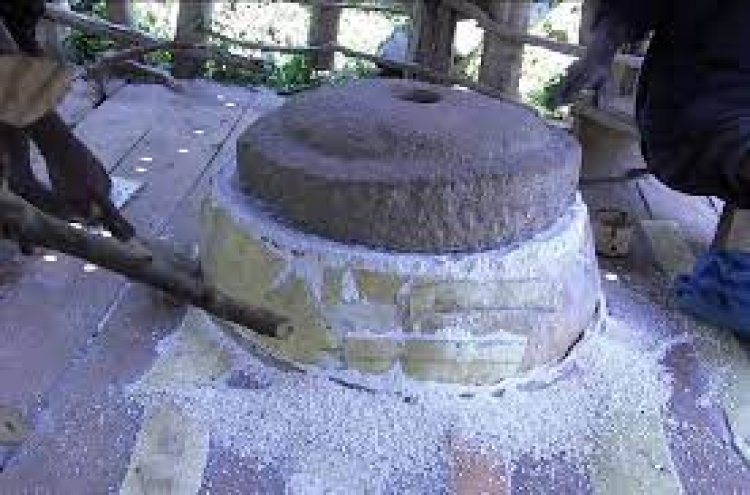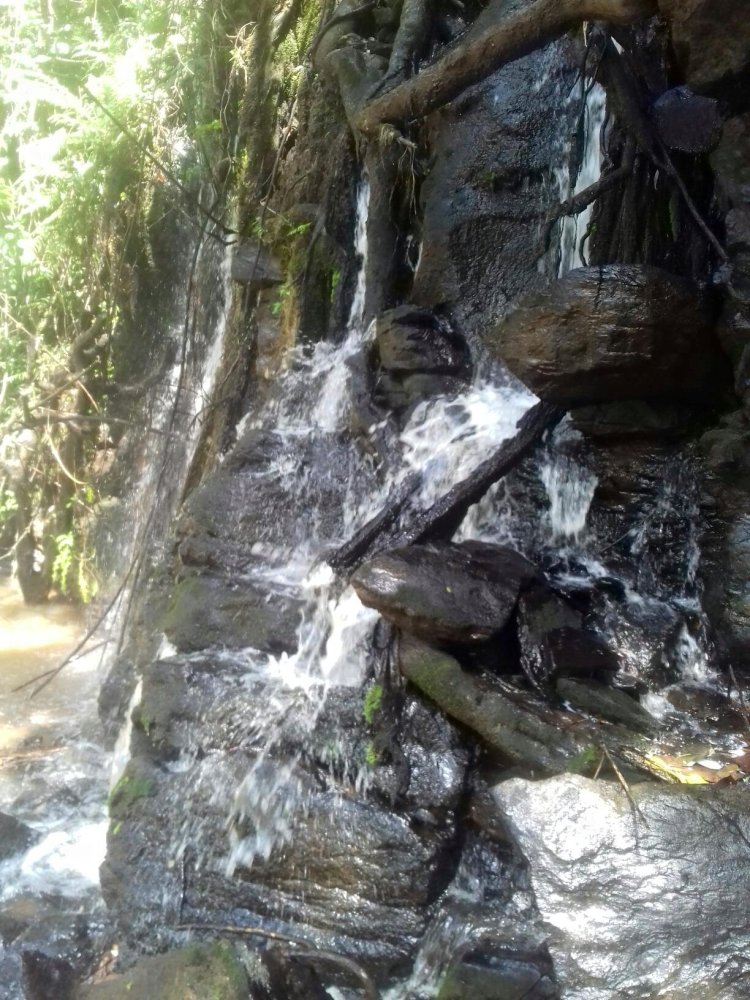‘Regerego ’ The Magical And Life Saving Water Mill in Ancient Days
Recently as I walked towards the nearest posho mill carrying my two kilo bag of maize, I could not keep myself from thinking how the same maize was made into flour centuries ago without the existence of fast and efficient mills.
Recently as I walked towards the nearest posho mill carrying my two kilo bag of maize, I could not keep myself from thinking how the same maize was made into flour centuries ago without the existence of fast and efficient mills.
Watermills were very essential and were being exploited by our forefathers to at least get their raw produce refined into flour.. Visiting one of the location where a watermill was situated then, thin bushes covered the structure, a clear indication that this watermill been long abandoned due to poping up of modern and efficient ones. A large wheel and a channel of water is still clear beside the old, tattered structure with the door missing. A closer look at the tiny structure even give you more clues the place is no longer useful to the inhabitants
Watermill is a mill that uses moving water to move turbines as its power source. A shaft connected to the wheel axle is then used to transmit power from the water through a system of gears and cogs to work machinery. As much as we could think power from watermill was transferred to the inside of the mills by a shaft extending from waterwheel axle while connected to a large gear wheel.
Power was then turned through 90 degrees by bevel gears to turn a large vertically mounted shaft leading to the upper floor of the mill. At the lower level, this shaft drove a large spur wheel, the crow wheel was placed to drive other machinery in the wheel. Through the high demand of flour then solution had to be sought and one of it was the watermill. Mill stone were very vital and crucial component of the mill. These stones were fitted in pairs, the upper ‘runner’ millstones running against the lower fixed millstone. These stones were about 4 feet in diameter weighed more than a tonne and were geared to turn about 125 rpm.
Special patterns needed to be cut in the stones to grind to the corn and the stones had to match each other's shape very precisely. Highly skilled dressers were needed to cut the stones correctly since wrongly set stones would produce flour that was too fine from one side and coarse from the other. The stones had to be kept full of corn when running to keep the two stones apart. This was very crucial because if the stone surfaces touched when running they could wear out in few minutes compared to weeks of normal use.
I visited Tarkambei village, Konoin Constituency in Bomet county, the stones are still present clearing my doubt that these watermills still exist. I further analyzed the stones closely and carefully, the lines are very clear on the stones and justify the presence of those lines in grinding stones.
The difference is that the place has been abandoned and water chose a different path because the heavy trees that were used to divert are old and rusty.
Several people relied on the watermills for grinding and that is why they had to travel many miles to reach the stations. They had to cross many villages before finally .
According David Koech, a former miller at Kapchumbin water mill, villagers from Chebugen, Embomos and Tarkambei villages relied on the water mill to get their flour refined.
“ Residents from the said areas visited this water mill. They used to line up for them because they had traveled from long distance” Said David Koech. area, because of their location, it was not an easy task.
‘’ Sometimes a long queue could build up in the station, showing that there were more people who really needed the service.’’, said Koech popularly known as D.K.
There were also times when two, one or none of the customers could visit the station and it meant then that there were seasons that had low produce. It required a lot of effort from the operator because of tasks involved to operate the mill. Water had to be let into a tunnel to keep the wheel running and sometimes needed closing or rather diverting the water. One or two operators were required to keep the work running smoothly and efficiently without inconvenience.
Large amount of water had to be collected because there could be a problem when the dry season comes. Enough water was needed and if by any case there were little amount then the power transferred the will be little and not enough to move the turbines. Skills were required to operate these machines because of the creativity needed to gather alot of water to produce enough pressure to trun on the turbines for easy rolling.
. Compared to the modern poshomills, where one spends a few minutes there and get the relevant services, one could at the stations for a longer time, even half an hour grinding the corn.
As much as one could say that the watermills were too slow or inferior, our old generation managed to use them and made themselves comfortable and happy to time when modern and advanced mills emerged.




























